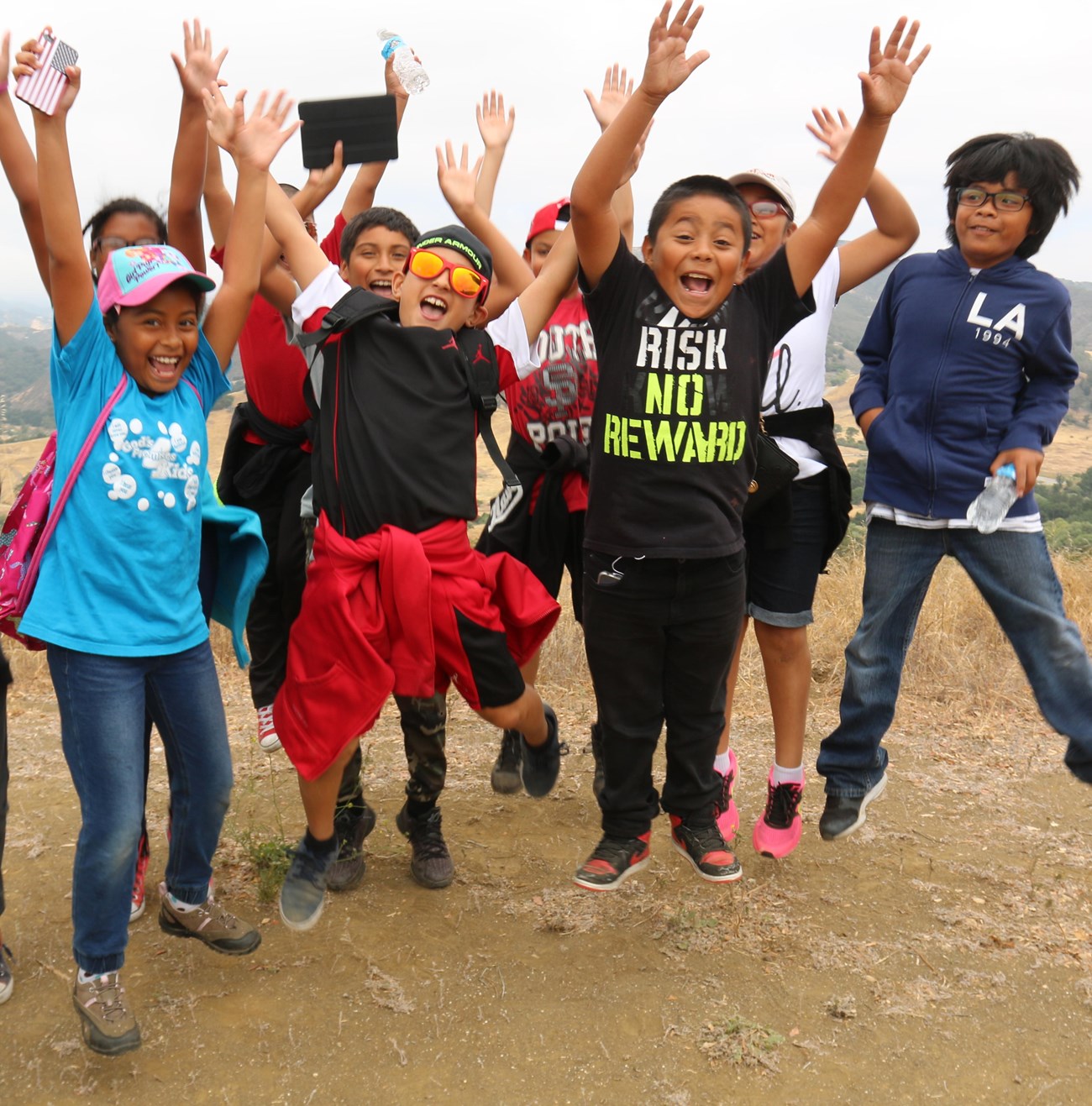Last updated: October 18, 2018
Article
Tales From the Tides - BEACH BUMMERS (Science Stories for Kids!)
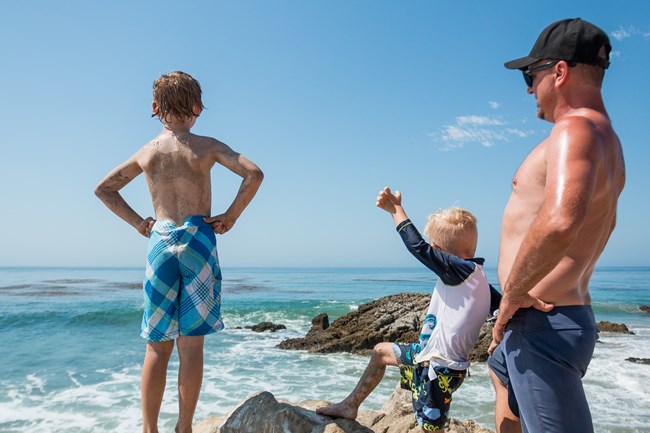
Beach Bummers
It’s June and you’ve been invited to the beach. Sweet! You’re actually going to visit three different beaches, and they’re all pretty secluded. Even better! In fact, these beaches are so isolated you have to take a boat to them. FANTASTIC!As you board, the captain looks over your gear. You packed a bathing suit?! Won’t be needing that where you’re going. (Did he just sneer?) Beach umbrella? That’ll just take up deck space. Snorkel and flippers? Nothing doing.
In their place you are handed a pair of rubber boots big enough to get lost in, a bright orange padded coat (so much for the tan), a giant plastic trash bag and a trash picker. Oh, did we mention bear spray (a pepper spray that burns bad enough to discourage a curious bear)? Just, you know, in case.
No Ordinary Beach Outing
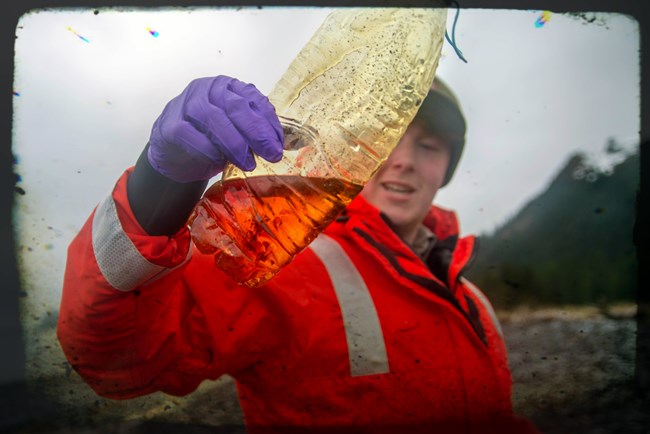
This, as you have no doubt realized, is no ordinary beach trip. Alaska's Kenai Fjords National Park is sending a team of researchers out to get acquainted, one might say, with its beach trash. Plastic bottles, Styrofoam, fishing gear, lost shoes, old cars…in fact, pretty much any man-made item you can think of is winding up on park beaches. Scientists call this “marine debris,” and it can be found almost anywhere. Even beaches humans can’t get to are often littered with our throw away items! How do we know? Pilots can see the debris from the air!
"These objects may have traveled from across the globe, but when it comes to marine debris, we're all in the same boat." Andrew LaValle, Park Ranger, Katmai National Park and Preserve.
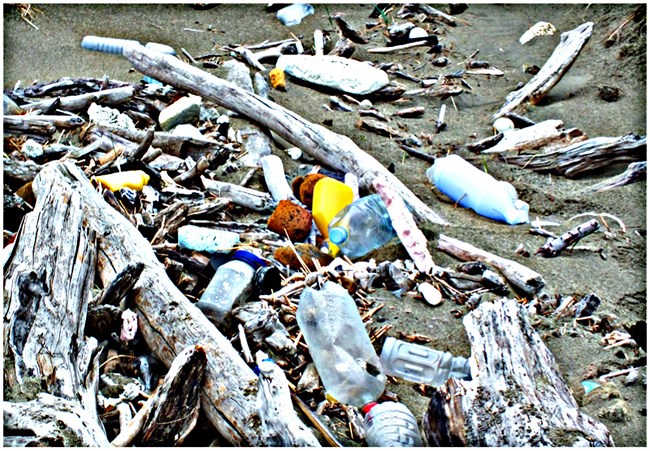
"Marine debris can hurt sea animals and we eat fish. We need the ocean..." Marguerite A. (Grade 4, California)
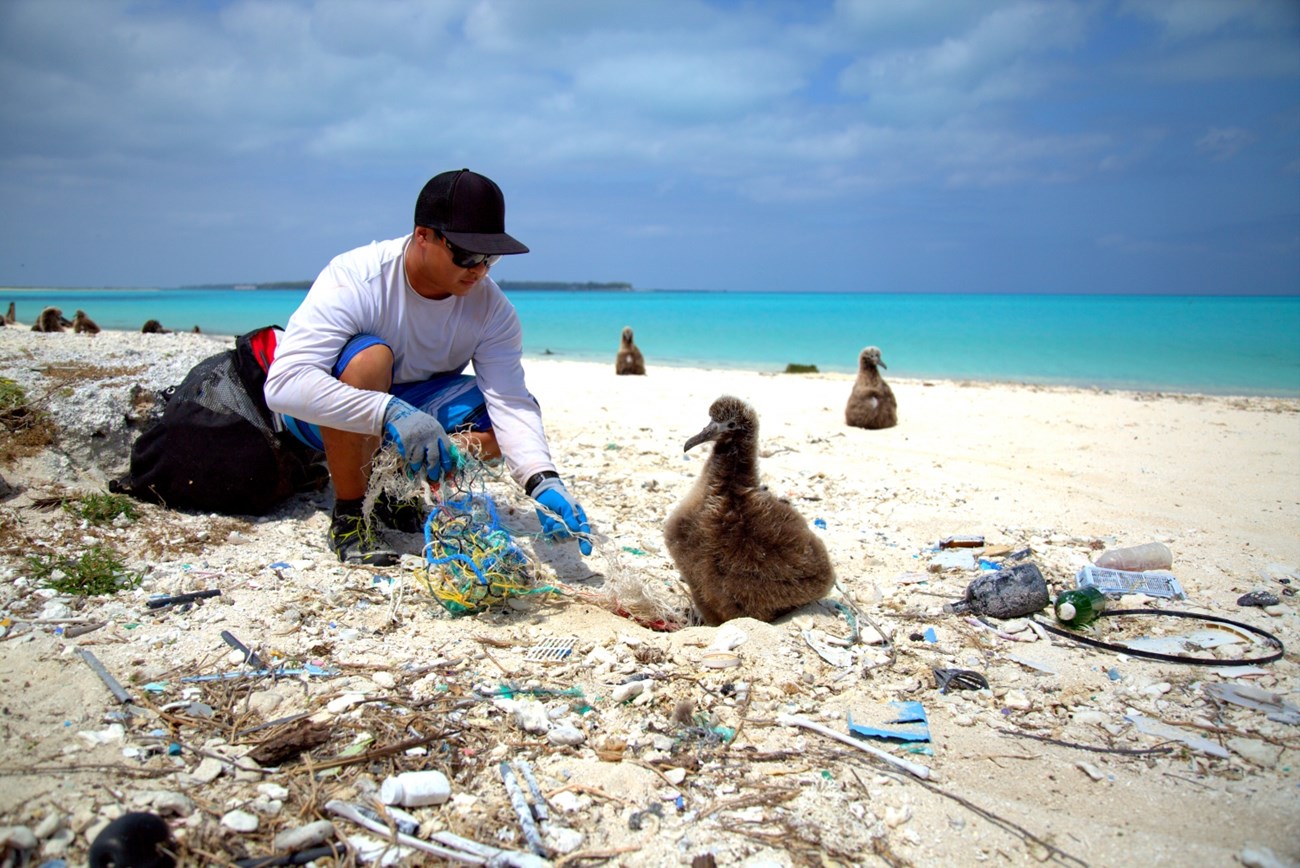
"One of the biggest issues is that animals mistake (debris) for food. This causes a lot of deaths...My family feels very strongly about this and every time we go to the beach we stay an extra hour to pick up trash." Frida S. (Grade 8, Texas)
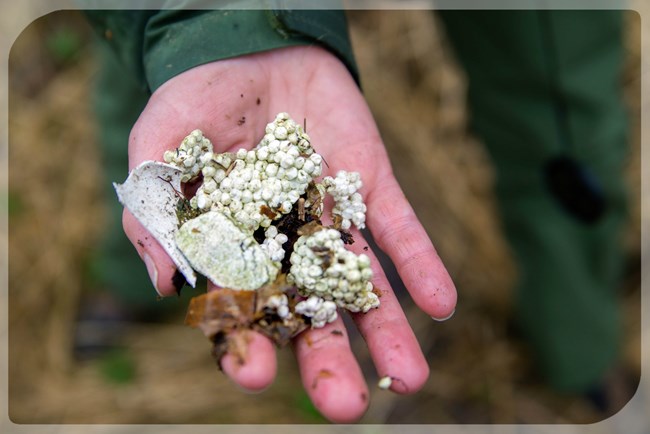
Getting Down and Dirty
So this summer, as they have for many years, a team of park rangers will board the park’s research boat and get after some trash. They'll go to the same three beaches they go to each year and, using GPS devices, mark off the same two sections on each, one near the water’s edge and one farther up where plants grow. These sections are called “transects." Then they’ll walk slowly along these transects looking for trash. Every item, and its location, is carefully logged on a data sheet. Found a piece of rubber? Would that be a flip flop, glove, tire or “other”? Plastic? Tell us more – is it a bag, bottle, 6-pack ring, straw or something else?
Why not just bag it all up and toss it? Well, we are better equipped to solve problems when we know more about them. And this is where science comes in. Scientific research helps us get to the bottom of things, like, say, piles of trash. In this case it can tell park management exactly what's coming in, how fast it’s piling up, and where it might be coming from. With these details they can begin to work on keeping the debris out of the ocean in the first place. If, for example, the team pulls in a lot of fishing nets and buoys (and boy do they!) the park can talk to the fishing industry about how they dispose of old equipment. They can also notify local governments, who may create regulations to protect the ocean. Single-use plastic items, like water bottles and plastic bags, are even more common. One solution? Put refillable water stations in park visitor centers to encourage people to carry reusable bottles.
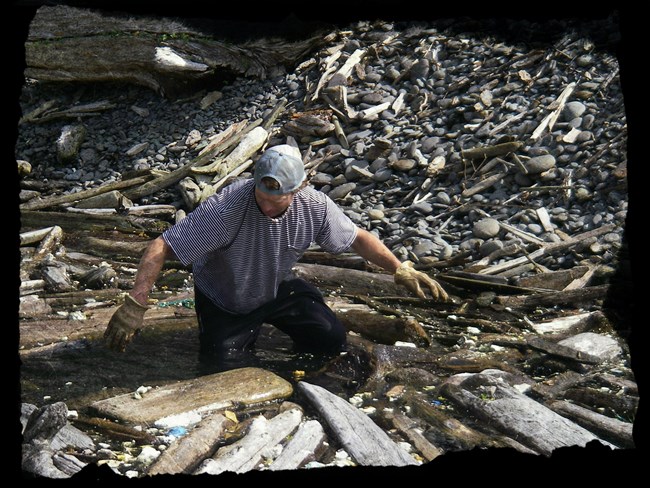
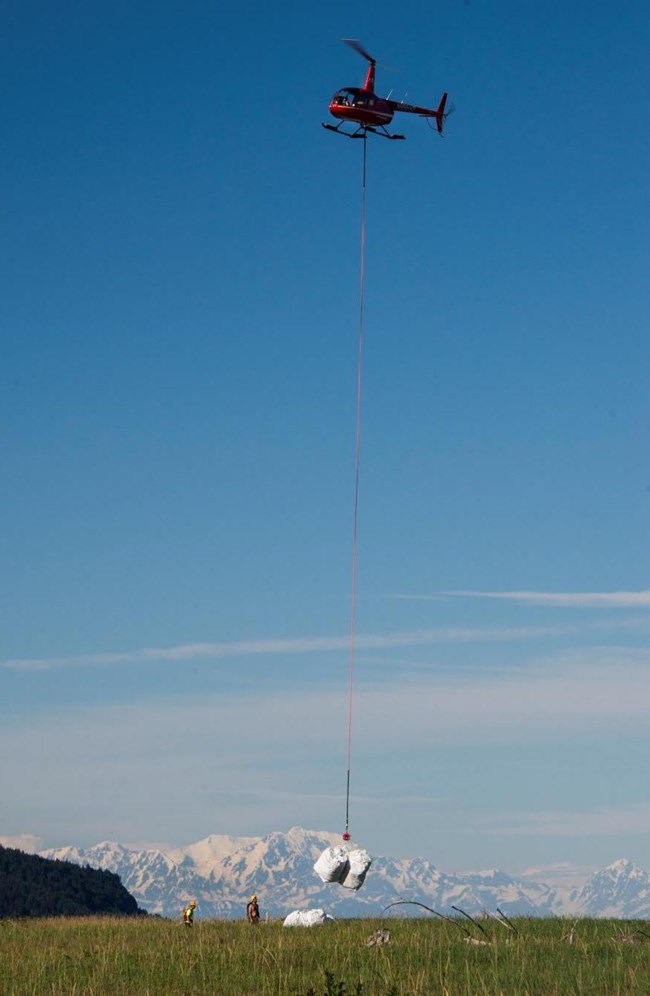
Bagged That One!
Great! You've got it all bagged. But what if there's too much to fit on the boat (remember - they grumbled about your beach umbrella taking up space)? Like any good action flick, you need a helicopter! In this case, you’ll need one to airlift the bags onto a barge (you did order the barge, didn’t you?). Then the barge hauls it away to...uh oh, don't dust your hands off yet! Not many landfills want this stuff. Those that will take it sometimes double their fees.
As you can see, cleaning up marine debris is difficult and expensive. That’s why so many organizations, including the National Park Service and NOAA are trying to stop the problem at the source.
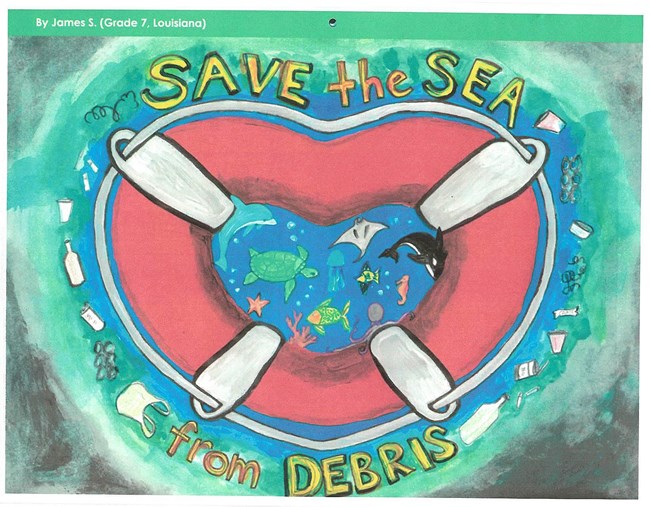
L"I think some people think it's okay to throw trash outside, but I want to stop this." Hannah H. (Grade 5, Alaska)
Turning the Tides
Fortunately we humans are as good at solving problems as we are at creating them. And you don’t have to be an adult to help find solutions. Middle school students in Massachusetts started a “Skip the Straw” campaign, high school students in Washington State are becoming Marine Debris Ambassadors, and kids the world over are participating in beach cleanups (where bear spray is not necessary).Still not a believer in "kid power?" Maybe Wes's story will crack your mind open a bit. Wes has terminal cancer and his last wish is to inspire people to clean up the ocean. In his honor, friends created an international beach cleanup day! Visit #InspiredByWes for details.
In other words - who can help solve this problem? Go get the mirror again. Maybe your generation will turn the tide on marine debris! These websites can help you get started!
https://www.nps.gov/subjects/oceans/ocean-plastics.htm
https://marinedebris.noaa.gov/discover-issue/solutions
"Everyone can make a difference by making better choices. Dispose of trash responsibly...Always remember to reduce, reuse and recycle!"
James S. (Grade 7, Louisiana)
